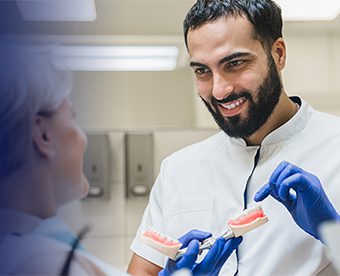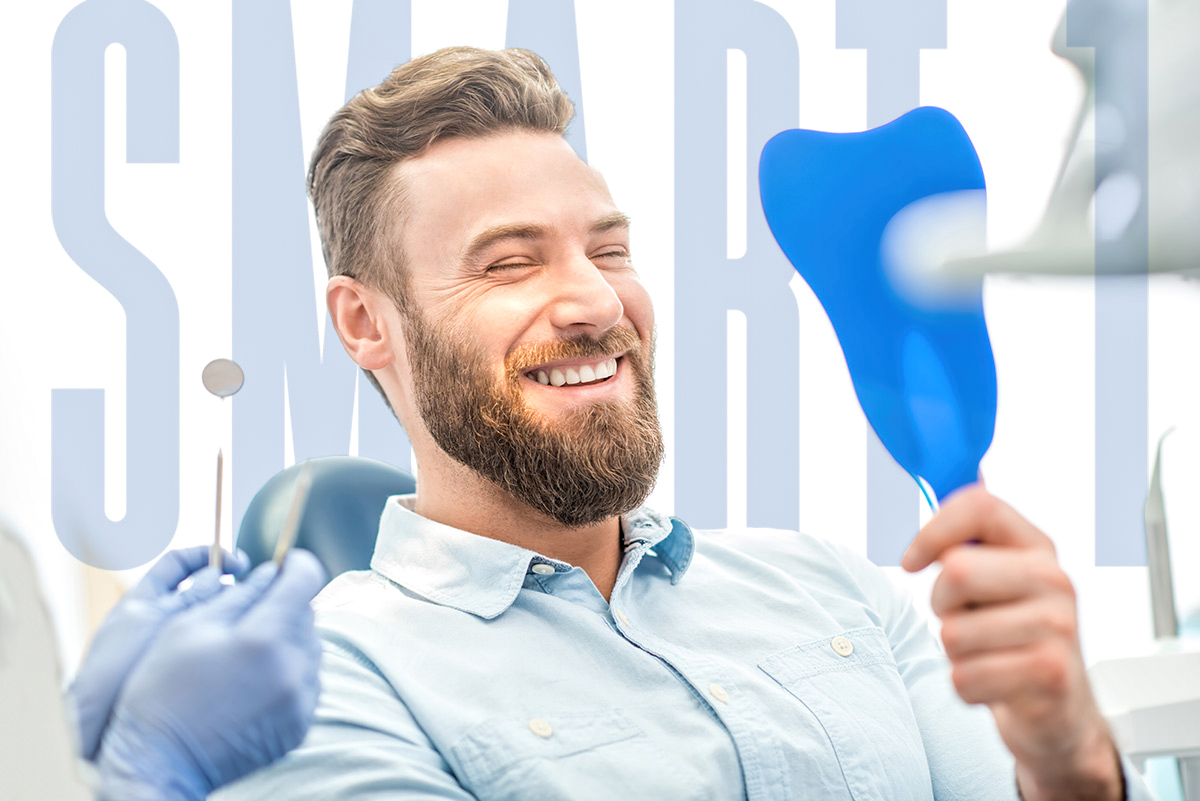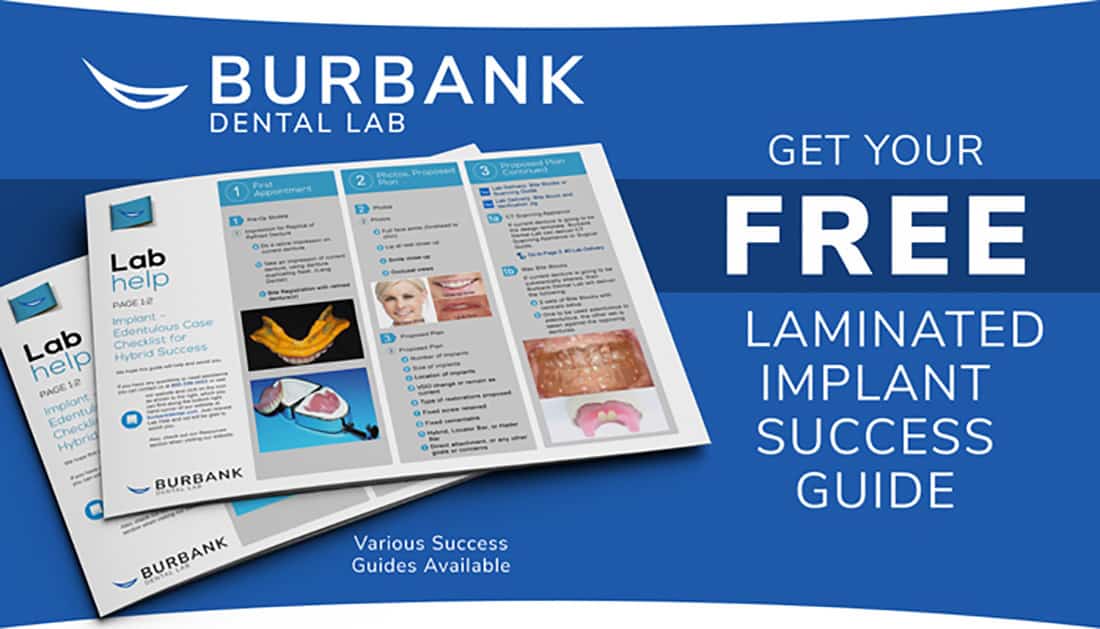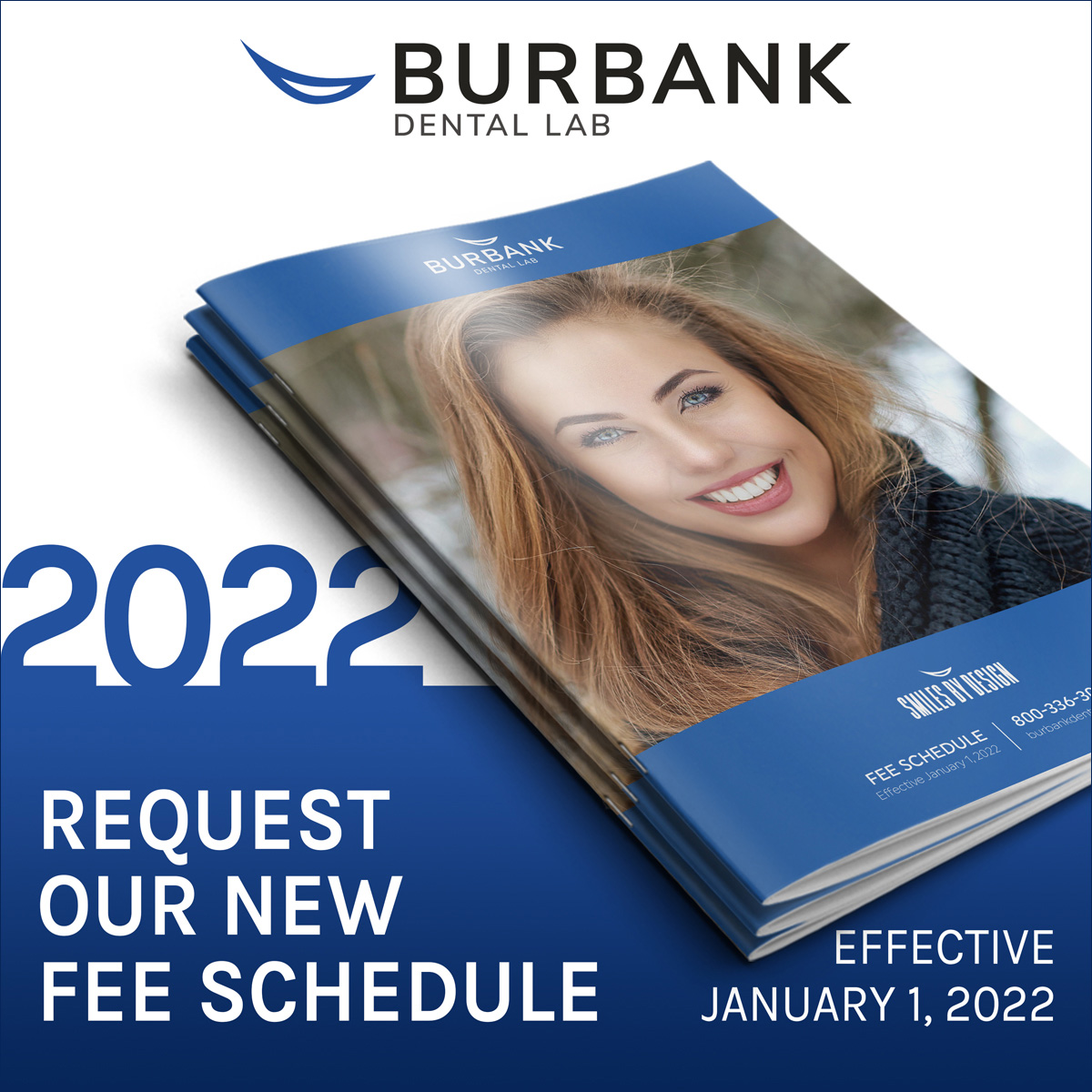When dental trauma occurs, it is often found to affect a person’s anterior teeth. This is especially true in cases involving children. In some cases, these traumatized teeth can be saved and restored with crowns and post and core. However, in many cases, the teeth cannot be saved and extraction is the only remedy.
When this occurs in an adolescent patient, restorative options are narrowed, leaving the patient and dentist with both a functional and esthetic challenge. The usual treatment plans involving removable partial dentures or implants that are used for adults are often not appropriate for a child. In these cases, a resin-bonded bridge such as a Maryland Bridge is prescribed as a temporary solution until growth in the adolescent is completed.
Once the adolescent reaches adulthood, a more permanent solution can be implemented.
Maryland Bridge
A Maryland Bridge is a great option for anterior single tooth replacement as an interim solution to tooth loss. This includes congenitally missing teeth, teeth affected by caries, and dental trauma.
These types of bridges require minimal tooth preparation to the abutment teeth compared to the preparation design of a conventional bridge.
In addition to being a great option for the patient, these types of bridges require less chair time. The minimal preparation means that the patient will not need anesthesia. Margin placement makes taking the impression a simple task.
The benefits of this type of bridge are the following:
- Minimal removal of tooth structure
- Minimal chance to induce pulpal trauma
- Preparation creates a supragingival margin
- Reduced chair time
- Economical option for the patient.
These bridges are indicated in the following situations:
- To replace a single missing tooth in the anterior region
- When esthetics is the main concern
- The adjacent teeth have veneers on the facial and the goal is to avoid tooth preparation.
- The abutment teeth must be able to support the bridge
- Overall healthy oral cavity where the patient practices good oral hygiene.
The contraindications include the following:
- More than one missing tooth in a row
- Grinding or bruxism
- Deep bite
- Cavities in the abutment tooth.
- Crowded teeth or proclined teeth.
- Posterior teeth
Metal-Winged Maryland Bridge
One of the most common resin-bonded fixed bridges or Maryland bridges is the metal-framed design with porcelain fused to the metal (PFM) (As shown below).
These types of bridges have the most clinical history as they have been the go-to treatment option for many years. These metal bridges are etched, and a resin cement is used, which creates a chemical bond between the metal wings and the tooth surface.
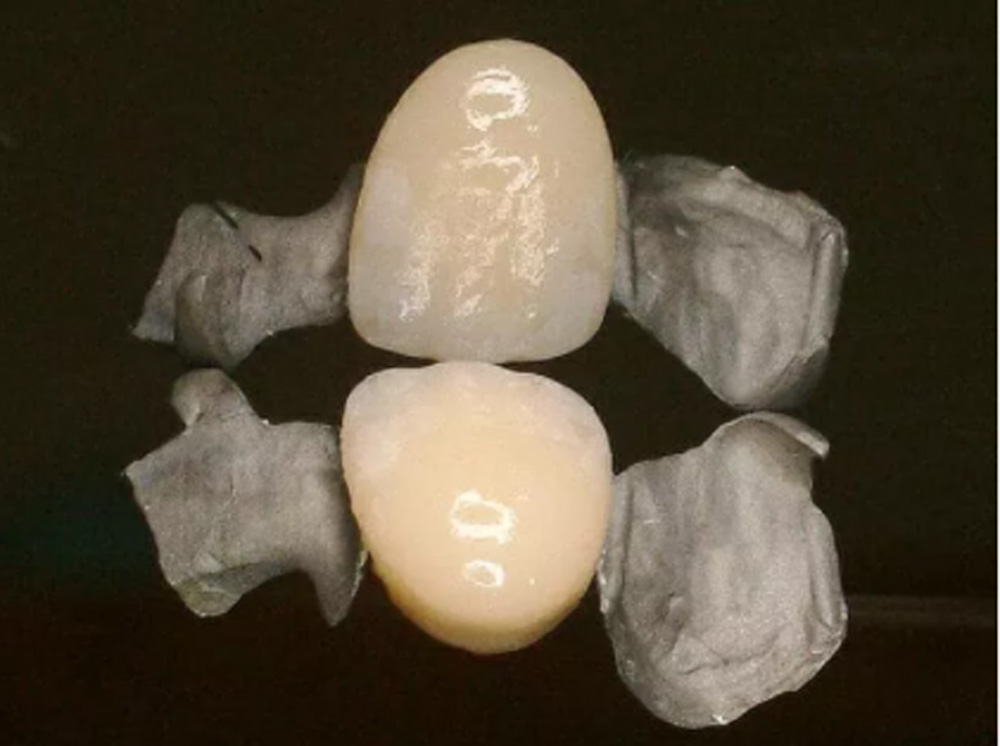
Depending on the requirements of the dentist and the goals of the case, these bridges can be designed with either one wing or two. Many of the current studies, however, are showing that one-wing cantilever bridges are more resilient than the two-wing designs of the past.
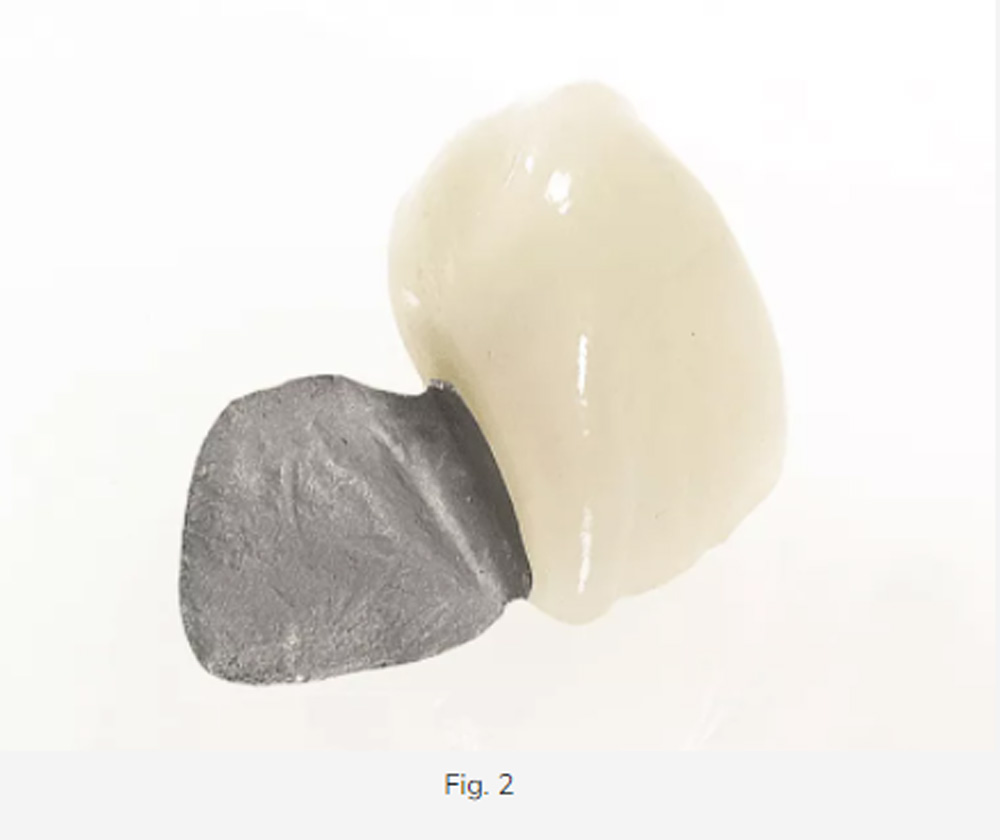
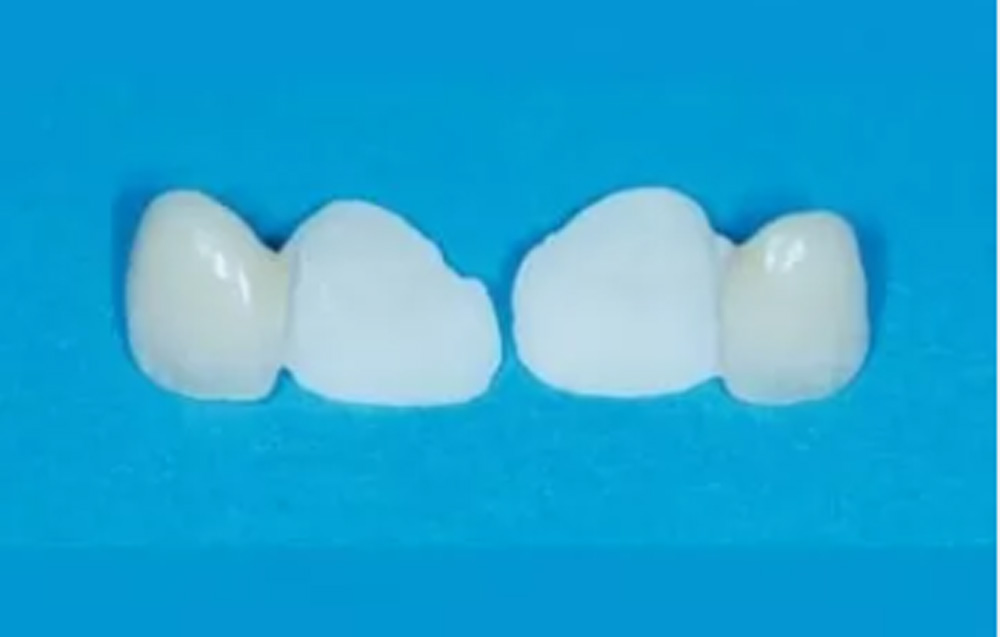
Metal winged Maryland Bridges have a very predictable bonding ability, and they require minimal space. The wings require as little as .5 mm thickness. They must have .5mm clearance in MIP and lateral excursions. The preparation design also requires at least one anti-rotational groove interproximally and a countersink on the cingulum. The interproximal connection should be 2 mm thick and 2.5 mm tall.
An enameloplasty may be required to achieve a broad contact area for optimal bonding. It may also require a 1mm by 2mm groove for retention.
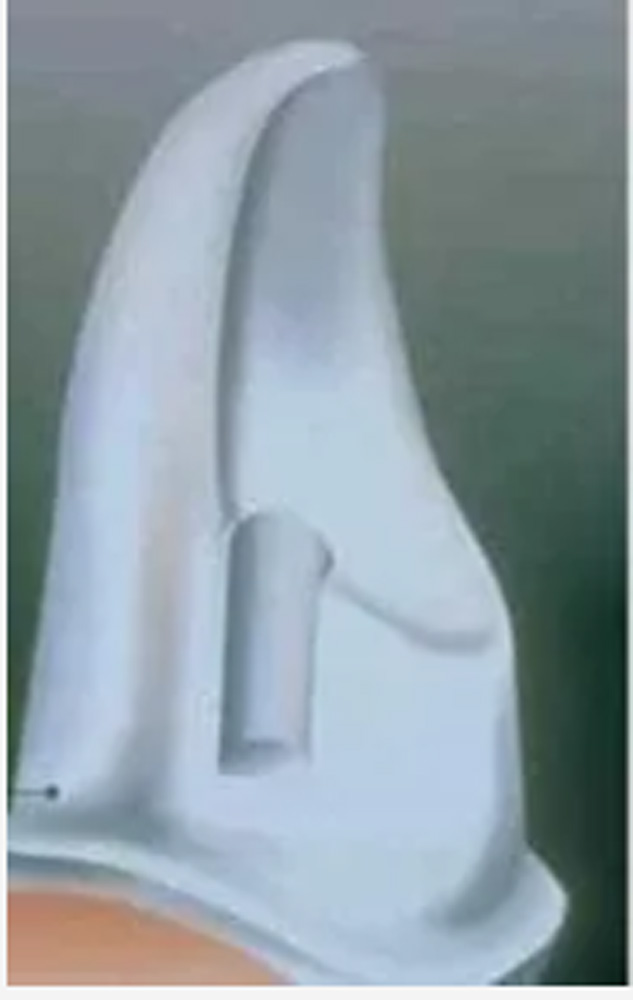
Metal-Free Maryland Bridge
Metal-free Maryland bridge options are also available. These can be fabricated with either composite, Emax, or zirconia. Each of these modalities requires a more aggressive preparation design.
Where a metal wing design requires a .5mm clearance, the e.max wing design, zirconia, and composite wing designs require at least 1.5 mm of clearance in MIP and lateral excursions. In addition, they also require a 2 mm by 2 mm box prep interproximally with a 1.5 mm wing thickness.
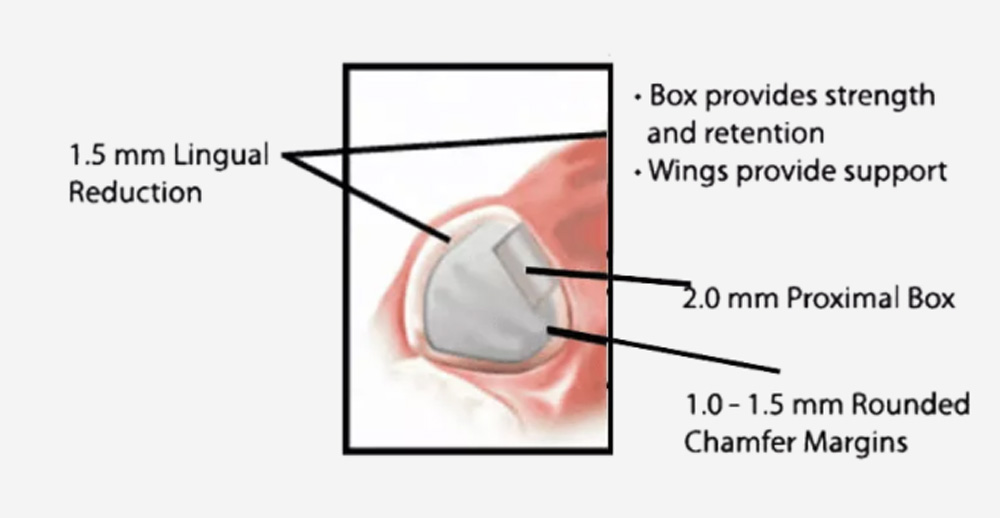
As with most restorative cases, proper planning and execution are key in ensuring this type of case will not only last but also provide the patient with the outcome that they desire.
The following list will help create the ideal outcome for a Maryland bridge design:
- No matter what material is used, the pontic should be designed so there are no occlusal forces present, including any cross-over function, to ensure a long-lasting restoration.
- Restorations should be bonded to the interproximal of the abutment tooth.
- Careful case selection is imperative to ensuring a successful, long-lasting bridge since not all cases are indicated for this type of restoration.
- Careful preparation and proper design are key to a successful outcome.
- Proper cementation techniques are critical to ensure a proper bond.
There are some issues that are often associated with Maryland Bridges. The number one issue is debonding. Other issues include tooth discoloration and dental caries. These issues can be combated with proper case selection, treatment planning, material choice, and meticulous cementation steps.
The loss of a young person's anterior permanent teeth can have a big impact on their development. For patients, such as adolescents who experience dental trauma, a Maryland Bridge design is often the best option for a single missing tooth in the anterior region.
Because adolescents are still in the growth process, these bridges allow for a long-term temporary option that restores a patient both functionally as well as esthetically. One of the best benefits of this type of restoration is that the adjacent dentition can remain intact as the preparation design is extremely conservative.
Call or chat with a Burbank Dental Lab technical team member today. We are here to help you.

